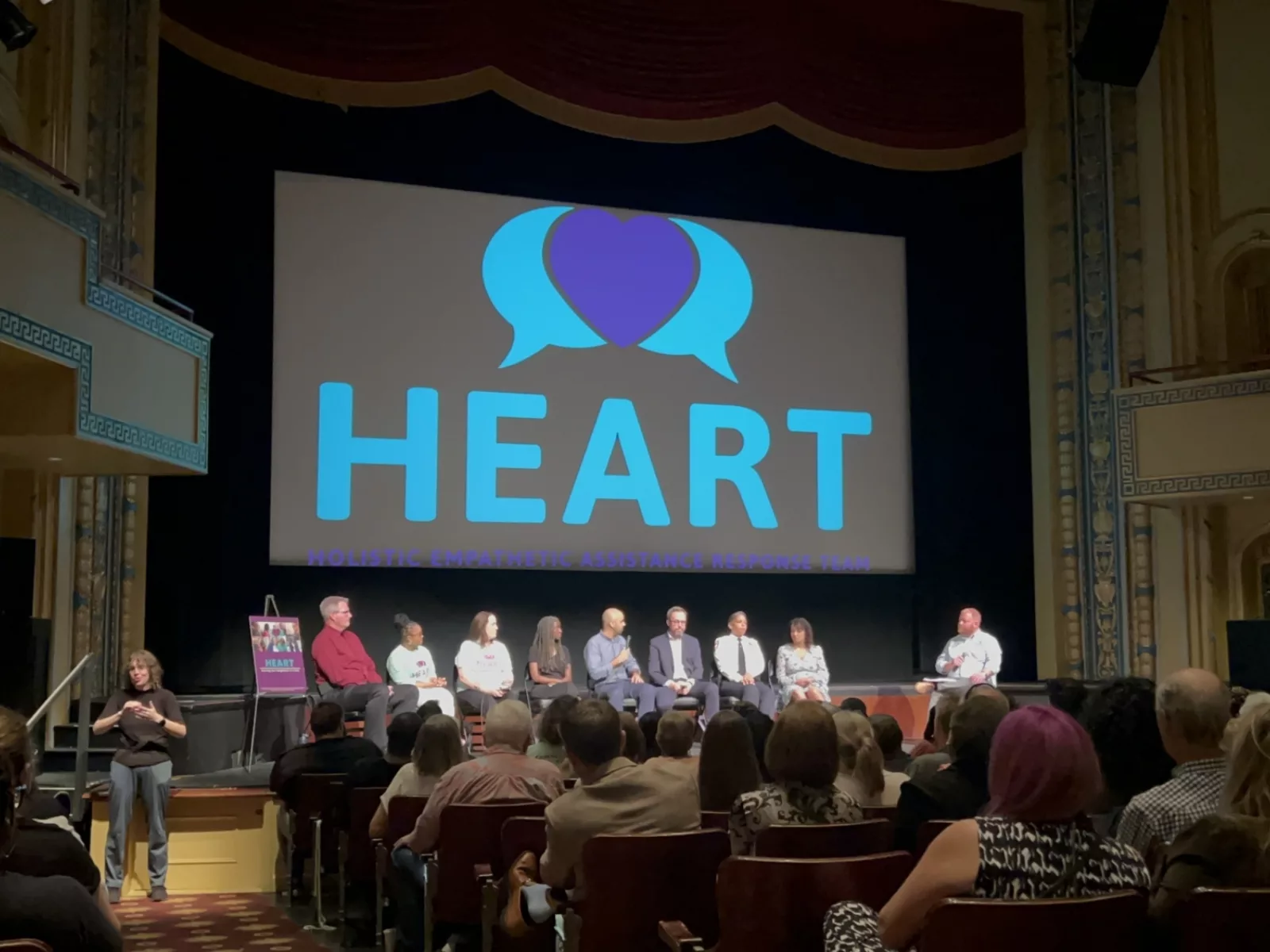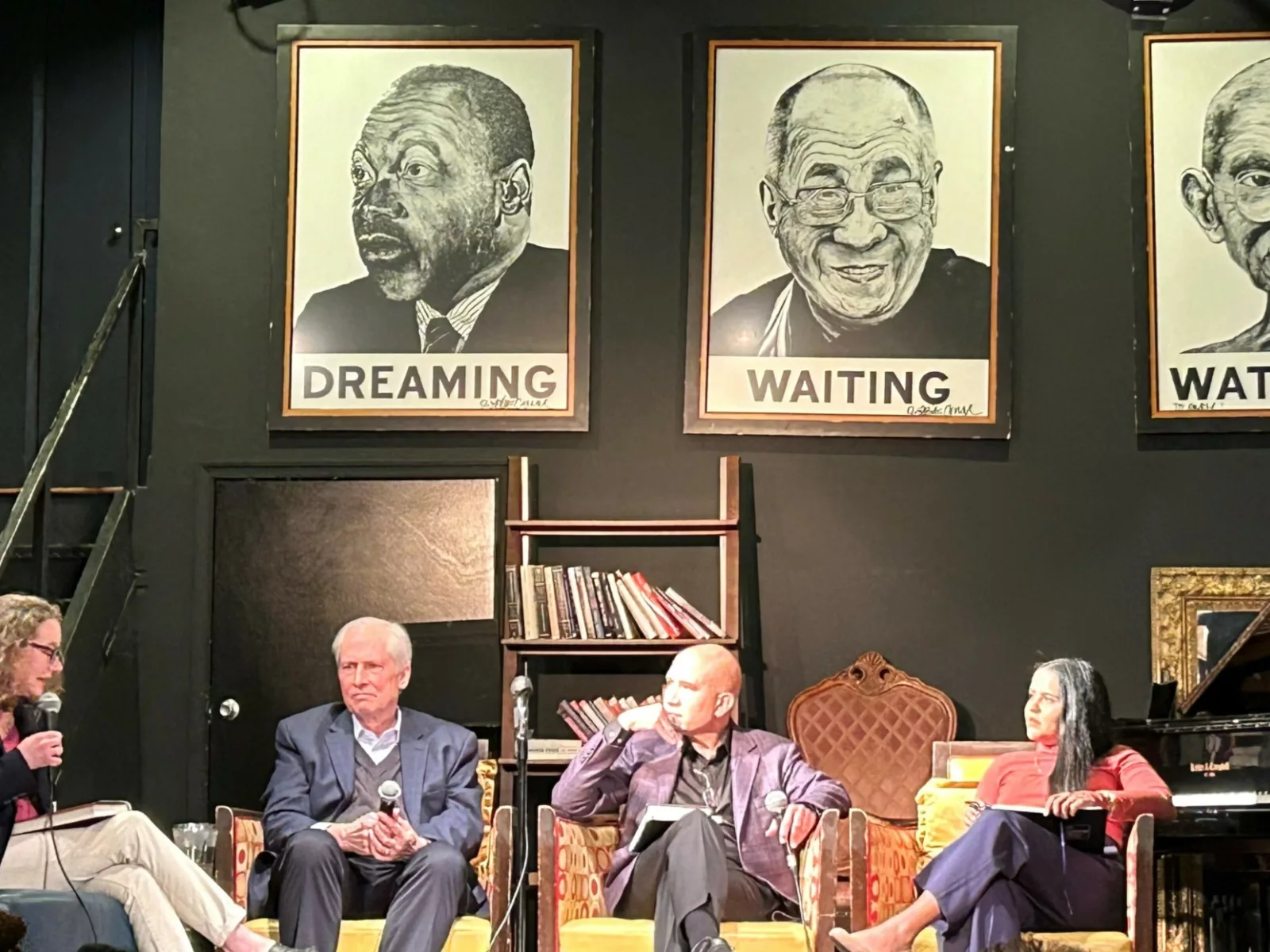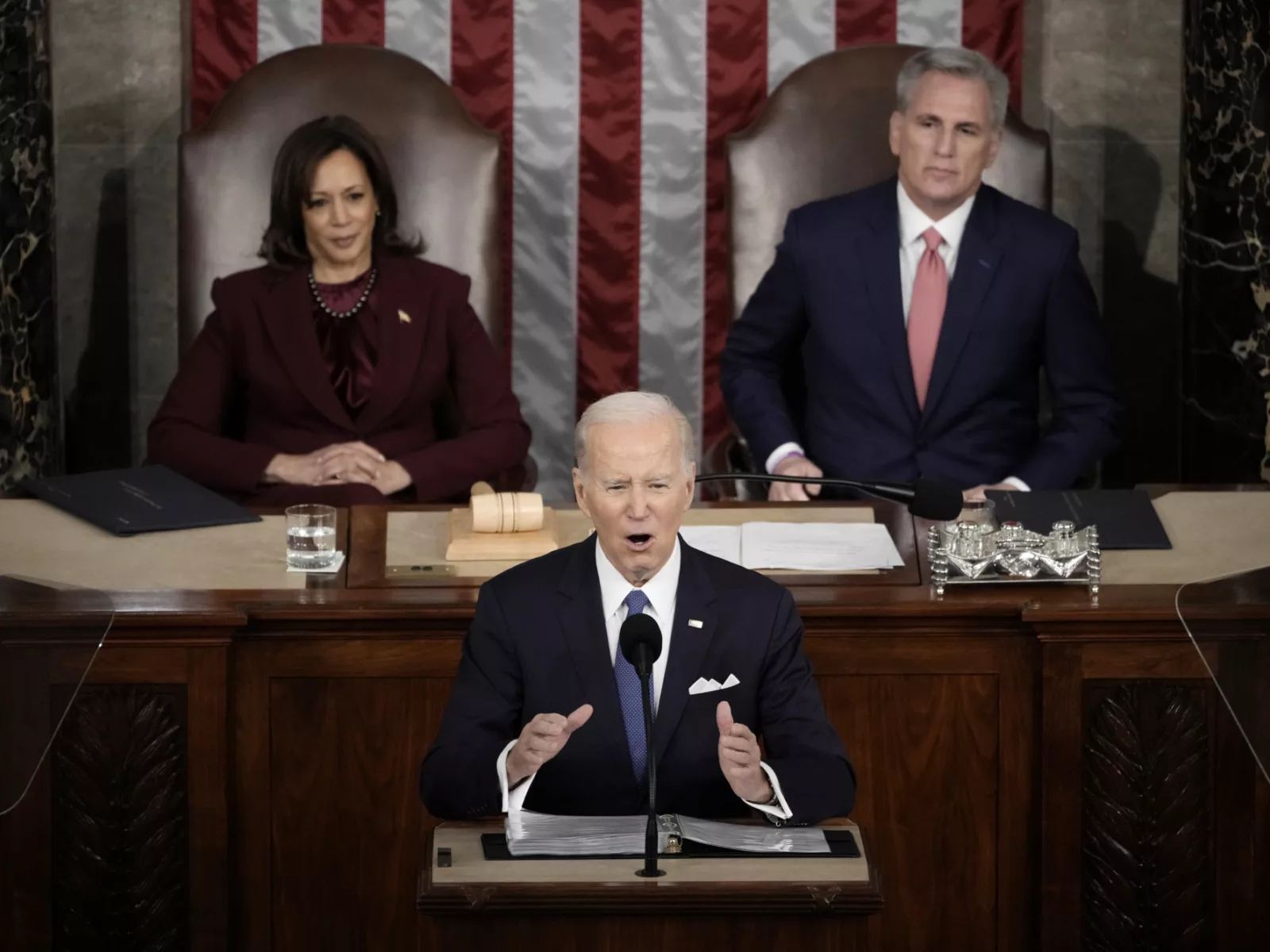Homicide rates likely grew by a record amount in 2020 according to a new report released by Arnold Ventures and the National Commission on COVID-19 and Criminal Justice.
In a sample of 34 cities, homicide rates were almost 30% higher in 2020 than in 2019, a jump that claimed an additional 1,268 lives. The study authors said a rise in murders of this magnitude suggests that the national homicide rate increase is likely to exceed the previous largest single-year increase of 12.7% in 1968. That determination, however, cannot be verified until official crime statistics are released by the federal government later this year.
The study was led by noted criminologist and Professor Emeritus Richard Rosenfeld of the University of Missouri-St. Louis and Commission Director Thomas Abt, a senior fellow at the Council on Criminal Justice and author of “Bleeding Out: The Devastating Consequences of Urban Violence — And a Bold New Plan for Peace in the Streets.” The study updates the authors’ earlier research on how responses to the pandemic affected homicide rates, which was also supported by Arnold Ventures.
Their research underscores the need to immediately respond to violent crime by law enforcement working to rebuild trust with communities, “COVID-proofing” already existing institutions and proven strategies for reducing crime, and restarting outreach to at-risk individuals.
Among the overlapping crises of the COVID-19 pandemic and mass protests over police brutality, communities experienced a surge in violence. While homicide rates grew year-over-year during each month, the largest increase occurred in June, coinciding with mass protests after the killing of George Floyd by a Minneapolis police officer. In June through August 2020, the homicide rate was 37% higher than the previous year and higher than any other period in 2020.
As the authors noted in their previous study, recent increases in violence are comparable to those that followed the 2014 killing of Michael Brown by police in Ferguson, Missouri. For example, homicides in large cities rose in 2015 and 2016 by nearly 22% — the largest two-year increase in 25 years. The increase in violence has been colloquially referred to as “the Ferguson Effect” whereby violence may be linked to a reduction in policing due to the community’s distrust towards police or a drawback by the police themselves. That said, the authors caution when trying to draw a direct connection between police violence, protests, social unrest, and violent crime. The causal relationships between these issues remains poorly understood. More research on this specific dynamic is much-needed and long overdue.
Role of Policing
While there is strong evidence that some policing strategies have led to improvements in public safety, policing in America has had harmful outcomes. Police over-reliance on punitive enforcement, practices often encouraged by legislatures and other policymakers, has imposed deep harm on the communities they serve. The harm is most acutely felt by Black and Brown people and other communities of color. Despite an extensive amount of literature on police-led interventions, more evidence is needed that accounts for the social costs of strategies, examines which strategies work in particular contexts, and the degree of police involvement that is most appropriate in communities where there is often diminished trust in police.
“Some commentators suggest that the need for safety — freedom from violent and other crime — and the need for justice — freedom from excessive and unequal exercises of state power — are in tension with one another,” Abt and Rosenfeld write. “They are not.”
Community members have a right to play an active role in influencing the direction and mission of their police service, and police departments should be sized appropriately to meet community needs. Decision-making should be driven by evidence-based strategies based on rigorous research.
Breaking Out of Silos
Social ills do not exist in silos. As Abt and Rosenfeld state in their report, policy makers must address the pandemic, police legitimacy, and violent crime simultaneously. Defeating the pandemic will be critical to lowering violent crime rates. Despite widespread stay-at-home orders and overall declines in crime, community violence has persisted. In some communities violence is even complicating emergency room efforts to treat coronavirus patients. Mayors and police chiefs in a number of cities have underscored that health and criminal justice systems are stretched thin or at capacity due to COVID-19.
“While COVID-related restrictions may have temporarily suppressed homicide rates, the pandemic has placed individuals and institutions under tremendous pressure and strain, ultimately pushing homicide rates higher,” Abt and Rosenfeld write.
The pandemic has also specifically thwarted efforts to conduct outreach to individuals vulnerable to violence involvement, which is a key component of evidence-based violence reduction efforts. For example, as previously noted, street outreach workers need to be on any city’s list of essential workers — not just during COVID-19, but also as likely as cities are facing difficult budget decisions. Outreach workers typically function as a sort of civic diplomat, intervening in the interpersonal cycles of violence that sit at the core of so much injury and death in America today. They work within communities to help set standards of acceptable behavior and discourage individuals from resorting to violence to settle disputes. For the sake of community well-being , these workers should be prioritized for vaccines alongside police and healthcare workers.
“These efforts require face-to-face interaction by police, public health, and community-based workers with those most likely to be involved with violence; such interactions cannot be replaced by Zoom,” Abt and Rosenfeld write.
In the end, it is important to note that Abt and Rosenfeld identify missing factors in explaining the rise in violent crime. This violent crime trend began even before the pandemic. While violent crime rose in 29 of 34 cities in 2020, it fell in others. Conditions not yet understood, beyond variation between cities’ demographic and economic conditions, is impacting violent crime rates.
This missing information should be no excuse not to act. If anything, it should spur a robust response and further research to help policymakers understand what steps they can and should take to keep people safe not only from the ongoing COVID pandemic, but also the pandemic of violent crime.




















